St. Helen's, Bishopsgate
For church in the morning we attended St. Helen’s, Bishopsgate. It is a church of England, but the preaching was sound and Biblical, and the church was more “relaxed” (so there were no vestments or the typical things you think of with Anglican services). We found out that Shakespeare attended church there when he lived in London – what a thought! The building is right in the center of the financial district, which is rather unusual. It is surrounded by modern business buildings, because this area of London was destroyed by the Blitz in 1940. If you look in the back of this picture, you can see the RE business tower, affectionately known as the “Gherkin” or “Bullet:”
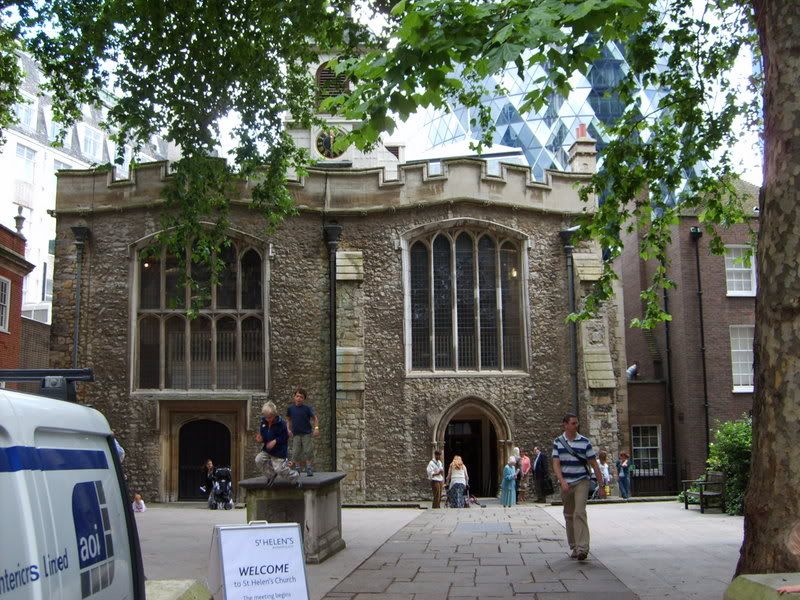
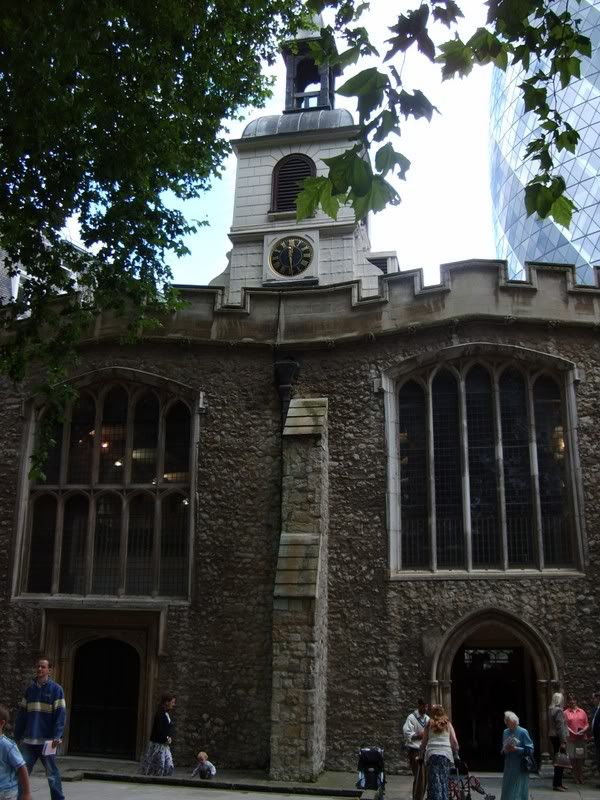
The George Inn
We met some missionary friends at St. Helen’s and took them to lunch at the George Inn. The George is the oldest surviving galleried (balconied) coaching inn in London. It was built in the 1670s, and is also mentioned by Dickens in The Pickiwick Papers (hence my interest in it!). It’s set far back from the street in a little alley. The food was quite excellent, and the most reasonable we had seen in London. Tiffany and I shared “Bangers and Mash” (sausage and mashed potatoes in a lovely sea of gravy).
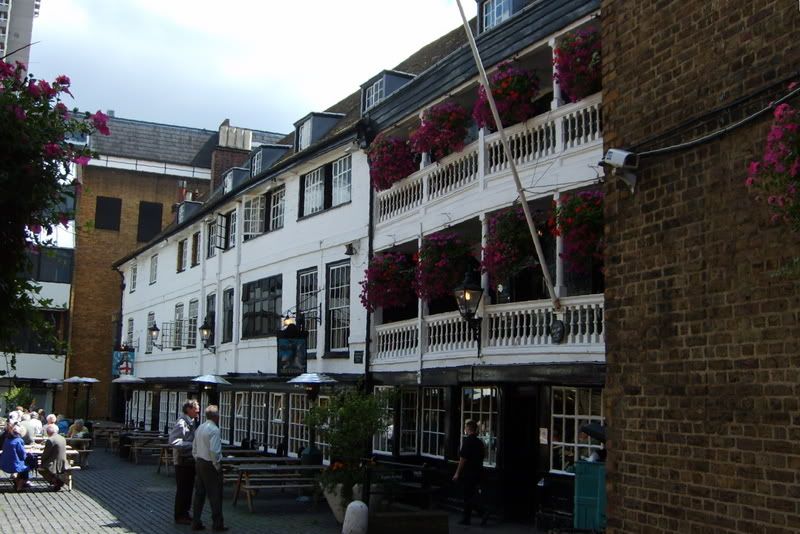
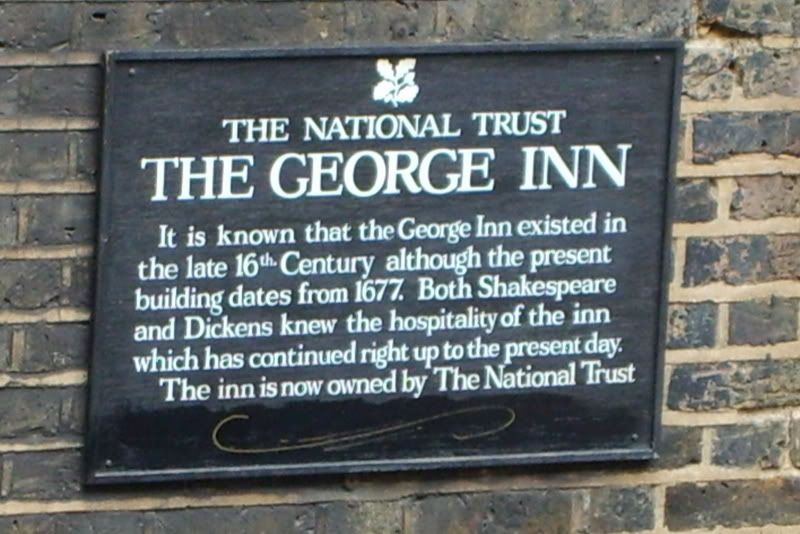

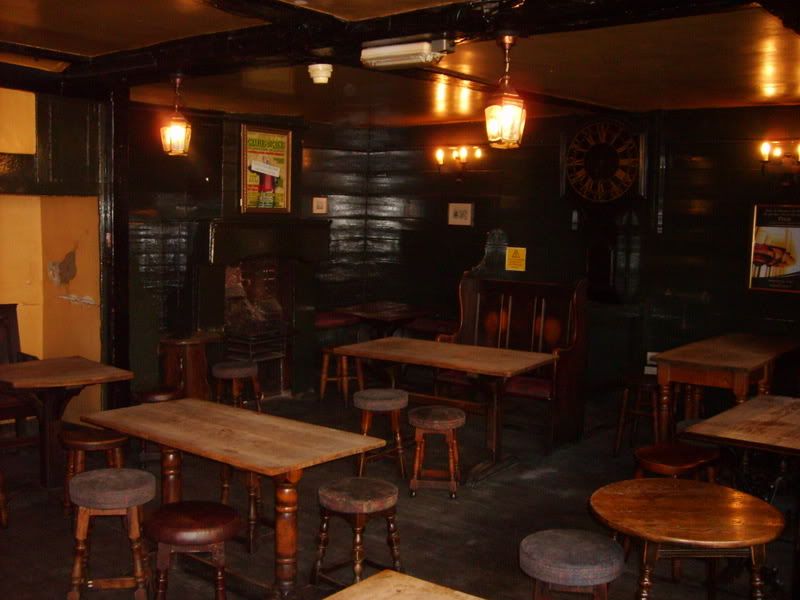
The Marshalsea Prison Wall
After we left the George, we continued down Borough High Street in search of the remains of the Marshalsea prison wall. For those who may not have read “Little Dorrit” by Charles Dickens, the Marshalsea is the prison in which Amy Dorrit’s father is imprisoned for debt. Dickens’ father was imprisoned here when Dickens was a child, and the prison left a profound impression on him. In the book, he refers frequently to the “shadow of the Marshalsea,” the shadow cast by the prison walls both physically and mentally on its inhabitants. The prison had already been dismantled in Dickens’ day, but there is one wall remaining. It took us quite a while, but we found it at last – it is now set against a lovely little garden in an out-of-the-way alley.
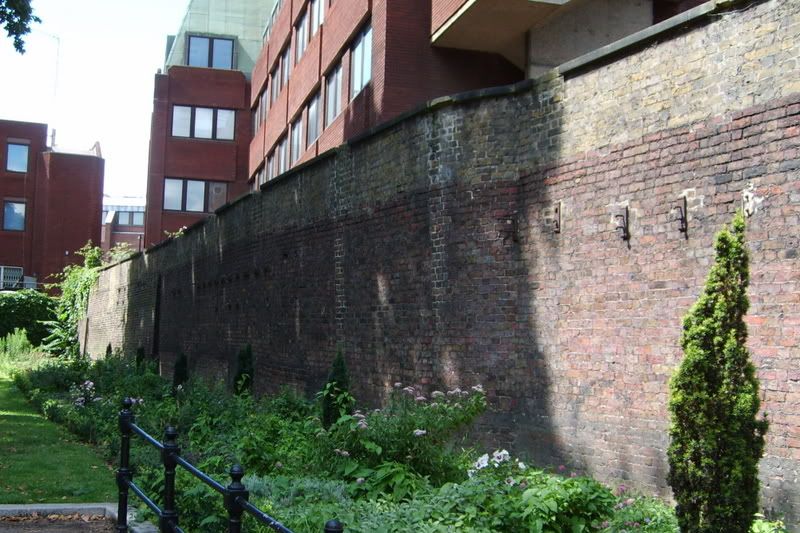

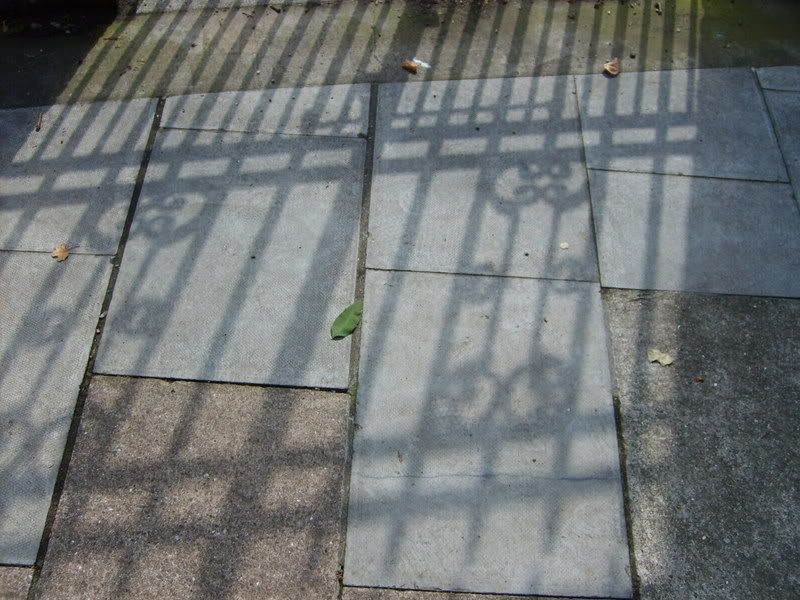

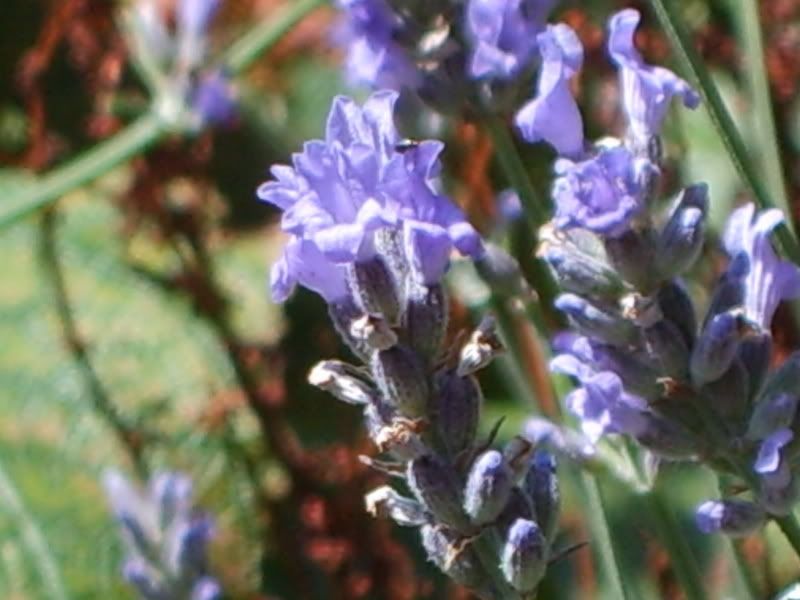
Across the street is the Church of St. George the Martyr, which is also mentioned in “Little Dorrit.” It looks rather rough on the outside, but the inside is beautiful. The ceiling is elaborately painted, and the oaken pews on the first floor and the balcony are lovely.

Handel House Museum
25 Brook Street was the London home of George Frederic Handel. The museum was simple, but very informative. We viewed the very rooms where Handel lived and worked – his most notable piece from this time being “The Messiah.” There was a small Baroque group practicing in one of the downstairs rooms, which helped create atmosphere.
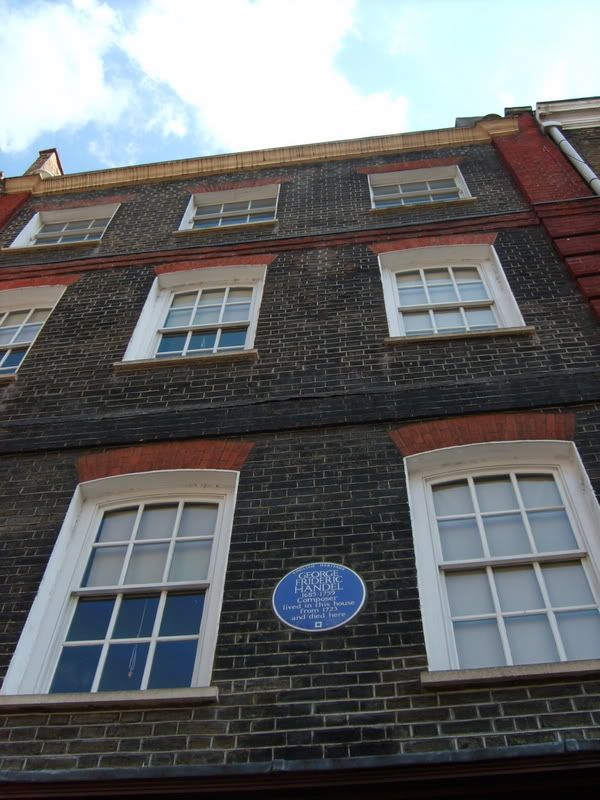
Royal Albert Hall -- The Proms
Just down the street from Royal Albert Hall we found this crazy building. Here is the front:
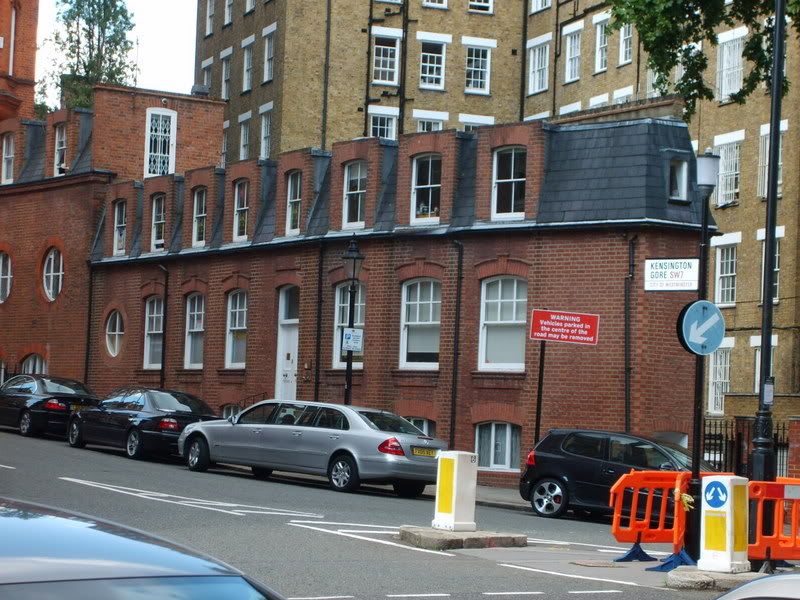
...and here is the side! I have never seen a building so narrow
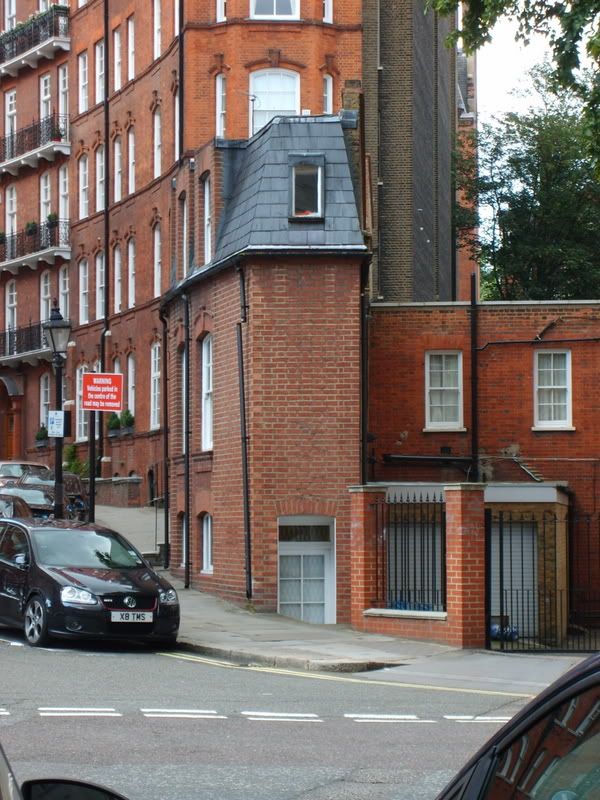
To finish out a very full day, Mom and I attended one of the BBC Promenade concerts (or “Proms,” as they’re called) at Royal Albert Hall.
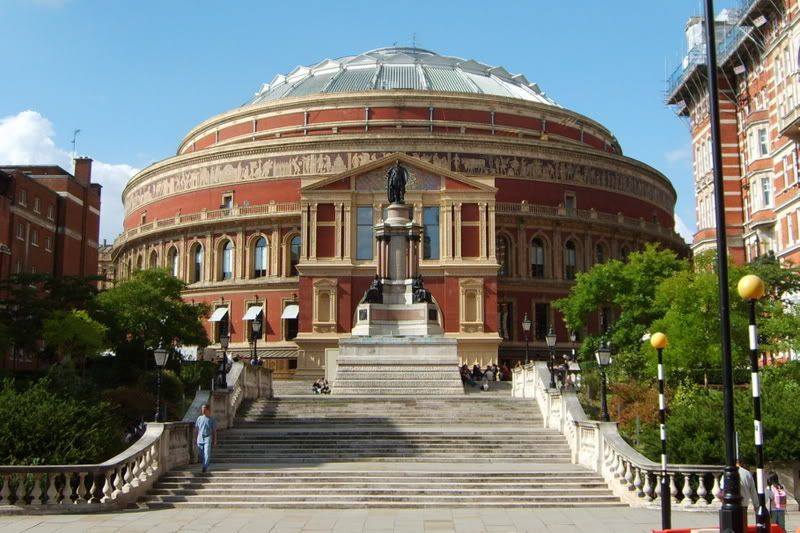

For only £5 we obtained “Arena” seats. The Hall is set up in a circle, with the orchestra set up against part of the wall. The open area in the middle of the hall is called the Arena, and there are only a few seats for elderly or disabled people. Everyone else stands, sits, or lies down, as it suits their fancy! It was quite an experience, and the music was lovely. Needless to say, we were suffering acutely from exhaustion by now – but we were only just beginning our tour of England…
No comments:
Post a Comment